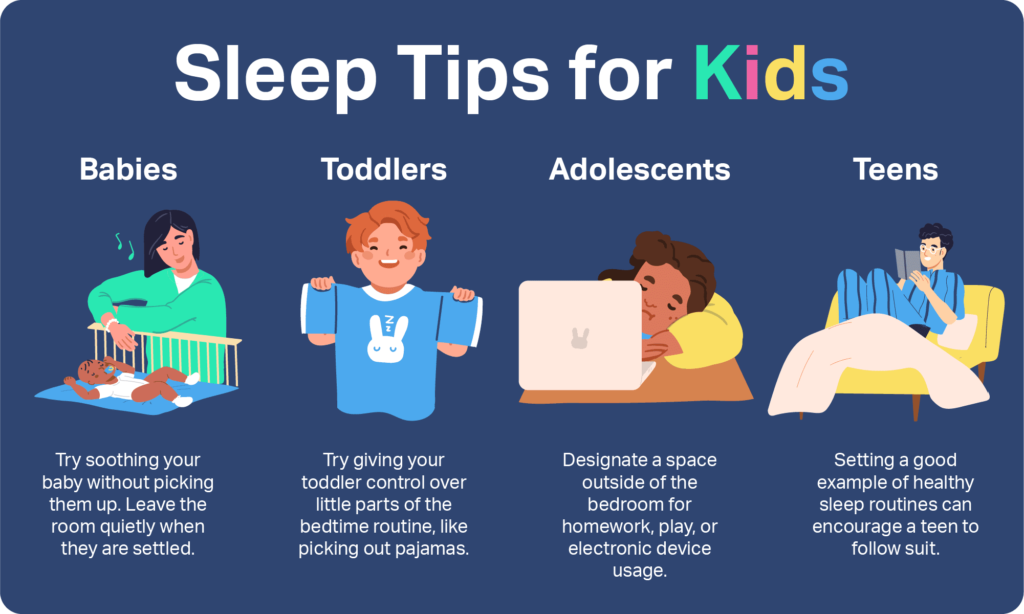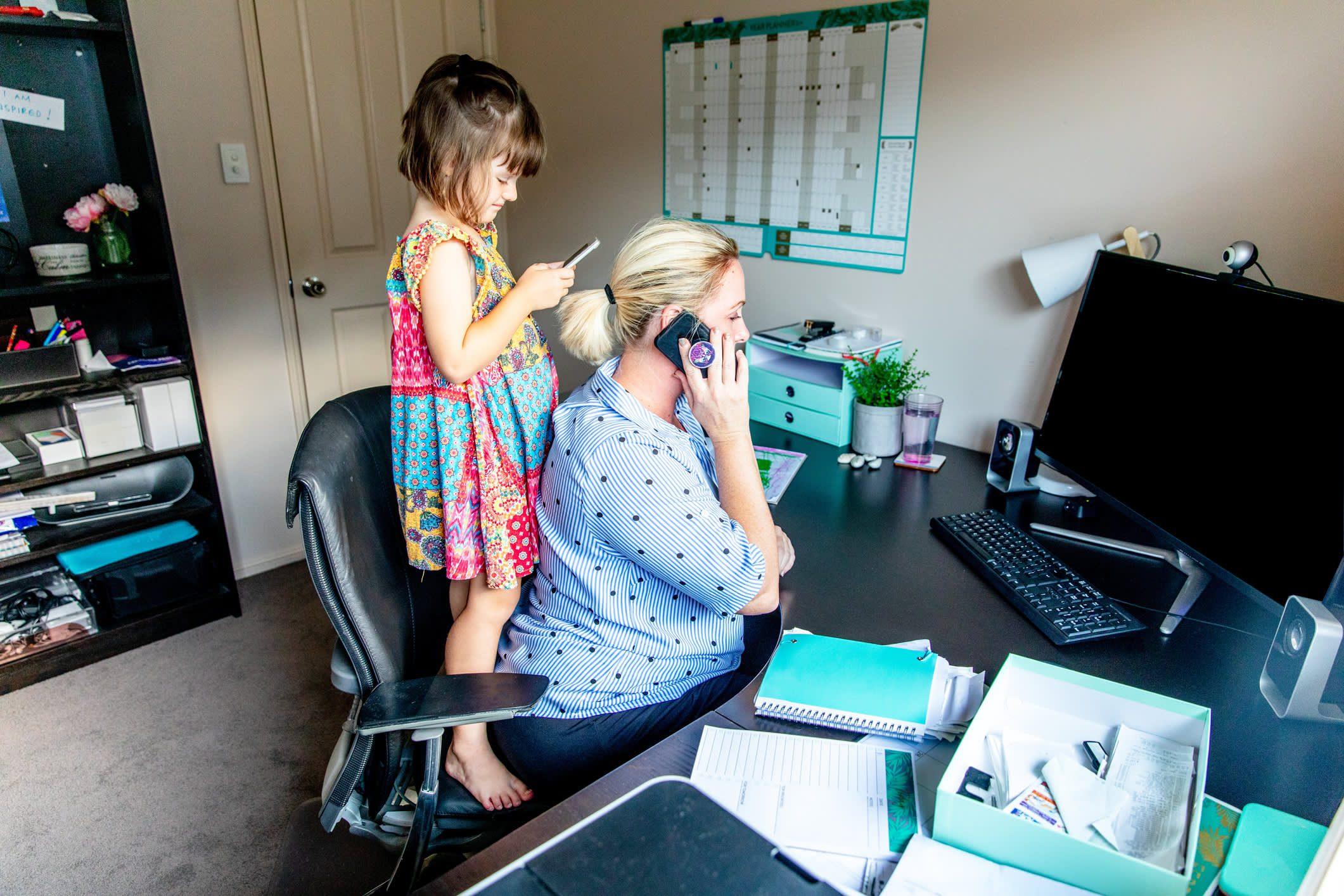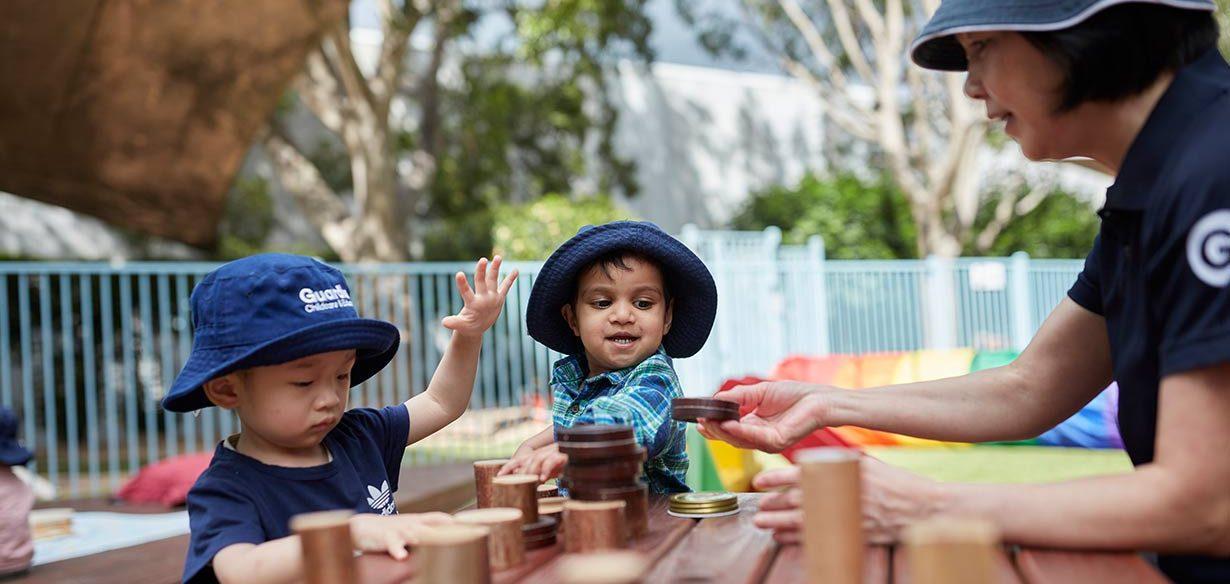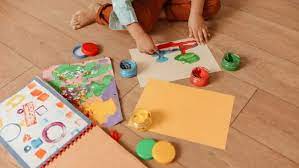You know the drill. Bedtime rolls around, and it feels like you’re preparing for battle. Your sweet angel turns into a sleep-avoiding machine, utilising every trick in their toddler book to delay that much-needed sleep. And you, the weary parent, are left wondering where you went wrong. What if it doesn’t have to be this way? Here’s a deeper look at how to foster a healthy sleep routine for your 2-5-year-old child.
Understanding Your Child’s Sleep Needs
Understanding your child’s sleep needs is the first step towards fostering a healthy sleep routine. According to the National Sleep Foundation, toddlers (2-3 years) need about 11-14 hours of sleep, while preschoolers (3-5 years) require 10-13 hours in 24 hours. These hours include daytime naps.
Insufficient sleep can cause many problems, such as mood swings, tantrums, and changes in eating habits. Are these behaviours familiar in your household? If so, improving your child’s sleep might be the solution you need. Remember, each child is unique and may require more or less sleep. Observing your child’s behaviour and cues can guide you in understanding their individual sleep needs.
Consistency is Key
Creating a regular sleep schedule for your child can work wonders. This means having a consistent bedtime and wake-up time, even on weekends. This schedule helps regulate your child’s internal body clock and can help them fall asleep and stay asleep more easily.
Is your child’s sleep schedule currently erratic? Changing this pattern may seem daunting, but taking small steps towards a more regular sleep schedule can make a difference. Start by moving their bedtime closer to your goal in small increments, about 15 minutes each night.
The Perfect Sleep Environment
If you want your child to sleep better, it’s important to create the right sleep environment. Keep their bedroom cool, quiet, and dark. You can use fans, white noise machines, or blackout curtains to achieve this.
Look around your child’s bedroom. Could distractions like toys or electronics be moved out of the room? Is the room temperature comfortable, or could it be cooler? These little tweaks might make the most significant difference in helping your child fall asleep faster and stay asleep longer.
Establishing a Bedtime Routine
Establishing a calming pre-bedtime routine can effectively prepare your child for sleep. Some simple activities to include in this routine may involve reading bedtime stories, taking a warm bath, or listening to soothing music.
Start tonight if you still need to establish a bedtime routine for your child. The routine should not be extended or complicated but be calming and enjoyable. The key is consistency – doing the same activities, in the same order, at the same time every night.
Reducing Screen Time
It is important to reduce screen time before bedtime since electronic devices such as TVs and tablets emit blue light that can delay the release of sleep hormones, making it difficult for your child to fall asleep.
Take a look at your child’s screen time habits. Could these be affecting their sleep? Try implementing a “tech-free” time at least an hour before bed and notice its difference.
Addressing Sleep Issues
Sometimes, despite our best efforts, children may face sleep problems. These could range from nightmares and night terrors to sleepwalking or sleep apnea. If you’re concerned about your child’s sleep, it’s always best to seek professional advice.
You are your child’s greatest advocate. If you’ve noticed any concerning sleep behaviours, don’t hesitate to seek help. Remember, addressing these issues is essential to promoting healthy sleep habits.
Fostering a healthy sleep routine for your child isn’t a walk in the park. Still, it’s entirely possible with consistency, patience, and a lot of love. Remember, at Tots World, we’re here for you every step of the way. Whether it’s providing a safe space for your child to play and socialise or simply offering a listening ear to weary parents, we’re with you on this journey. Visit us at Tots World, and let’s navigate parenthood together.
Monitoring your child’s sleep
Monitoring, tracking, and logging your child’s sleep can be valuable in the journey towards a healthier sleep routine. This could be as simple as keeping a sleep diary where you note down what time your child goes to bed, how long it takes them to fall asleep when they wake up, and any disruptions during the night. Over time, patterns may emerge that help you identify what’s working well and may need adjusting.
There are also numerous apps available that can help you track and analyse your child’s sleep. These tools can provide detailed insights and even offer personalised tips and recommendations.
One crucial thing to remember is that changes may take time to happen. It’s essential to be patient and take your time with making too many changes simultaneously. Instead, try adjusting one thing at a time and allow a few days or weeks to see if it makes a difference.
Above all, remember to celebrate small victories. Did your child fall asleep 15 minutes earlier than usual? That’s a win! Did they manage to stay in bed until their wake-up time? That’s progress! Each small step brings you closer to establishing that healthy sleep routine.
And finally, trust your instincts. As a parent, you know your child best. If something doesn’t seem right, don’t hesitate to seek help. At the end of the day, the goal is not just more sleep but better, healthier sleep for your child.





